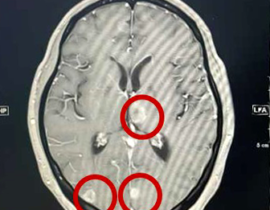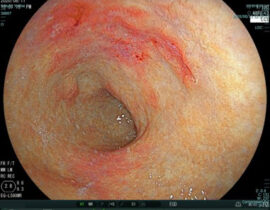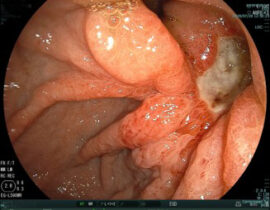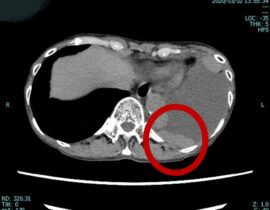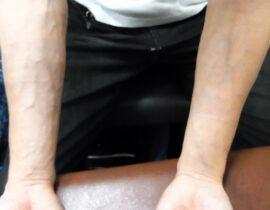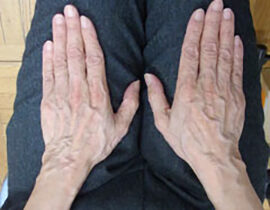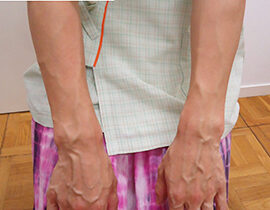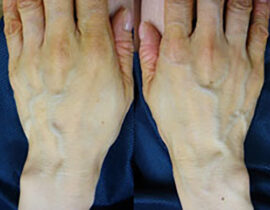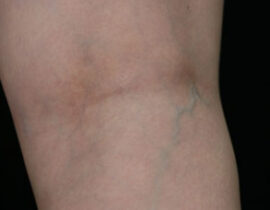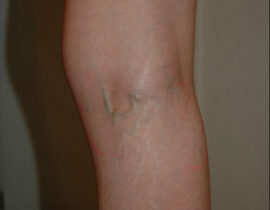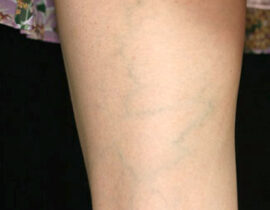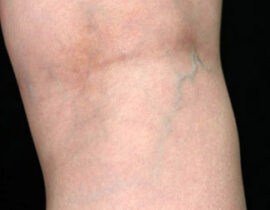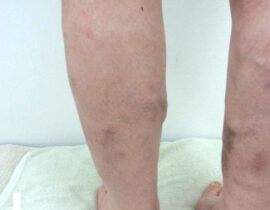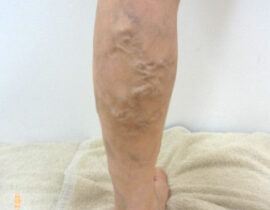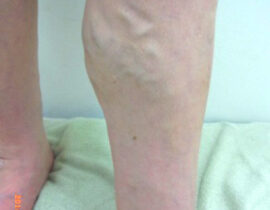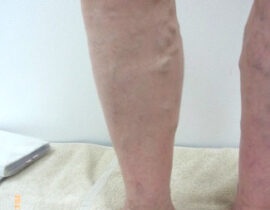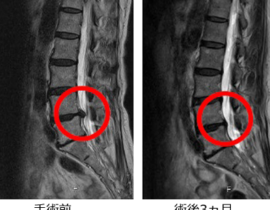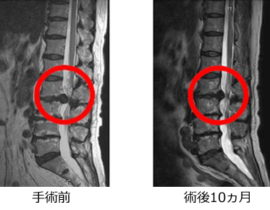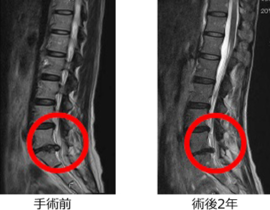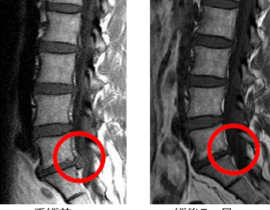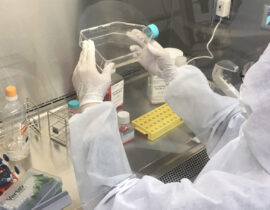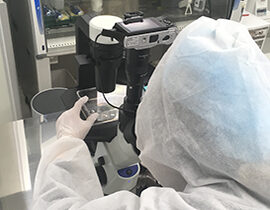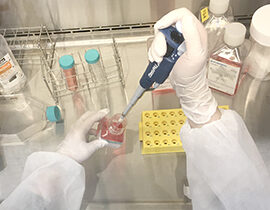Latest developments of varicose vein laser treatmentdoctor-blog
Since the 980nm laser model became covered by insurance for the treatment of varicose veins, many patients who suffer from varicose vein have been widely informed through mass media about their new options in treatments – some of which were perhaps too expensive to pay out-of-pocket previously.
Medical institutions that did not previously perform laser treatment suddenly started offering the 980nm model laser treatment once it became covered by insurance. It quickly became widespread with hundreds of machines becoming available everywhere – an unprecedented event in recent years in the field of vascular surgery.
However, the endvenous treatment administered by the 980nm laser had flaws. With post-treatment pain being higher than expected, internal bleeding being a regular occurrence, and reports of uncomfortable tightness in the legs, there were concerns about it really being as minimally invasive as advertised when compared to traditional stripping treatment.
Just before the start of the new millennium, endvenous treatment of varicose vein by laser started seeing more practice in western countries. At that time, we – as practitioners of imported radical treatment – were strongly considering adopting the new laser treatment as well. We felt that it showed great potential in delivering comparable results with minimally invasive techniques.
However, the model of laser that was popular and available in those days was the 810nm wavelength model, which was a short, hemoglobin absorption type. Therefore, its curative effectiveness was reportedly poor, accompanied by numerous complaints of pain or internal bleeding by patients. At the time, we decided that we would not introduce it as self-pay treatment.
Around 2005, longer wavelength lasers like the 980nm and 1320nm models appeared. They displayed different traits, especially the 1320nm model, which had an unconventional hemoglobin absorption type. It exhibited elements of water absorption, resulting in much improved curative effectiveness. Because numerous publications indicated that postoperative complications of internal bleeding had significantly been reduced with this model, we introduced the laser to Japan promptly.
As expected, patients’ satisfaction levels were high, and the curative effectiveness for more serious cases was confirmed through our practice.
In 2008, we introduced a 2000nm laser that was even longer in wavelength, which resulted in even less postoperative pain, and drastically raised the effectiveness of our vein laser treatments.
The 2000nm laser exhibits complete water absorption properties, which stimulates responsiveness in biological systems. Even with lower power output, effective and non-invasive therapeutic effects were obtained.
It is our highest-grade model of laser, and as such, afflicts the least damage to body tissue, resulting in the lowest frequency of postoperative complications.
From 2008 onward, using our 2000nm laser, we have been able to apply it with great success to all kinds of cases, including big veins in serious cases and even complex veins that had previously been deemed untreatable. Its curative effectiveness is undeniably the best that can be offered.
Back in 2005, the hemoglobin absorption type 980nm laser was covered by insurance.
At the time, we did not adopt the 980nm model, because we were using the 1320nm model, which we considered to be superior in terms of curative effectiveness and frequency of postoperative complications. Ever since its adoption as the insured standard, we have felt that the 980nm model was outdated in terms of laser technology in the field of varicose vein treatment.
However, the 1470nm laser that exhibits water absorption properties is expected to become covered by insurance within the year. This is great news for patients because the 1470nm model’s water absorptivity is higher, and consequently, its curative effectiveness is better than that of the 980nm model.
However, the water absorptivity of the 2000nm model is by far better than even the 1470nm. Thus, even though the 1470nm laser is covered by insurance, we will continue to provide 2000nm laser treatment as a self-pay option for those who are willing to pay out of pocket for the highest quality of treatments.
Because there are other restrictions for insured treatment beyond the basic limitation of laser choices, we think that it is extremely important to offer treatment alternatives for those who desire high quality medical treatment. Such alternatives include reduced visits to hospitals and reduced postoperative pain.
The following are distinctive features of our 2000nm laser treatment :
Pros:
- – Exhibits highest water absorptivity ratio in existent lasers.
- – Duration of surgery time is short.
- – Almost no pain experienced during treatment.
- – Small pinhole for needle insertion.
- – Multiple veins can be treated per treatment session while cost remains the same per session.
- – Sclerotherapy can be performed on the same day as laser treatment, if needed.
- – Fewer visits to hospital.
- – Minimal postoperative pain and quick recovery times.
- – Applicable to more severe cases of varicose vein are otherwise excluded from insured laser guidelines.
- – Treatment can be performed on the same day as initial medical examination (reservation required).
- – Self-pay medical examination and treatment.
Cons:
2000nm laser treatment is suitable for patients who…
- – Want to have the highest wavelength and water absorptivity laser treatment.
- – Want the quickest recovery times.
- – Want to minimize the number of trips to the hospital.
- – Want to minimize pain throughout all steps of treatment.
- – Have traveled from afar to receive our special treatment.
- – Want to have treatment on the day of their first examination.
- – Have more serious or complicated cases of varicose vein.
- – Seek specialized laser treatment that is not offered by their regularly frequented medical institution.
- – Prioritize better postoperative appearance of treated areas.

